
Karabash.
Timur Zolotoev/Strelka InstituteYoung researches from 16 countries explored a range of industrial areas in Chelyabinsk Region, including the magnesit plant in Satka, surrealistic quarries in Karabash, and a giant greenhouse in Churilovo. After their trip, they filmed a series of documentaries and told Russia Beyond what impressed them most in the Urals.
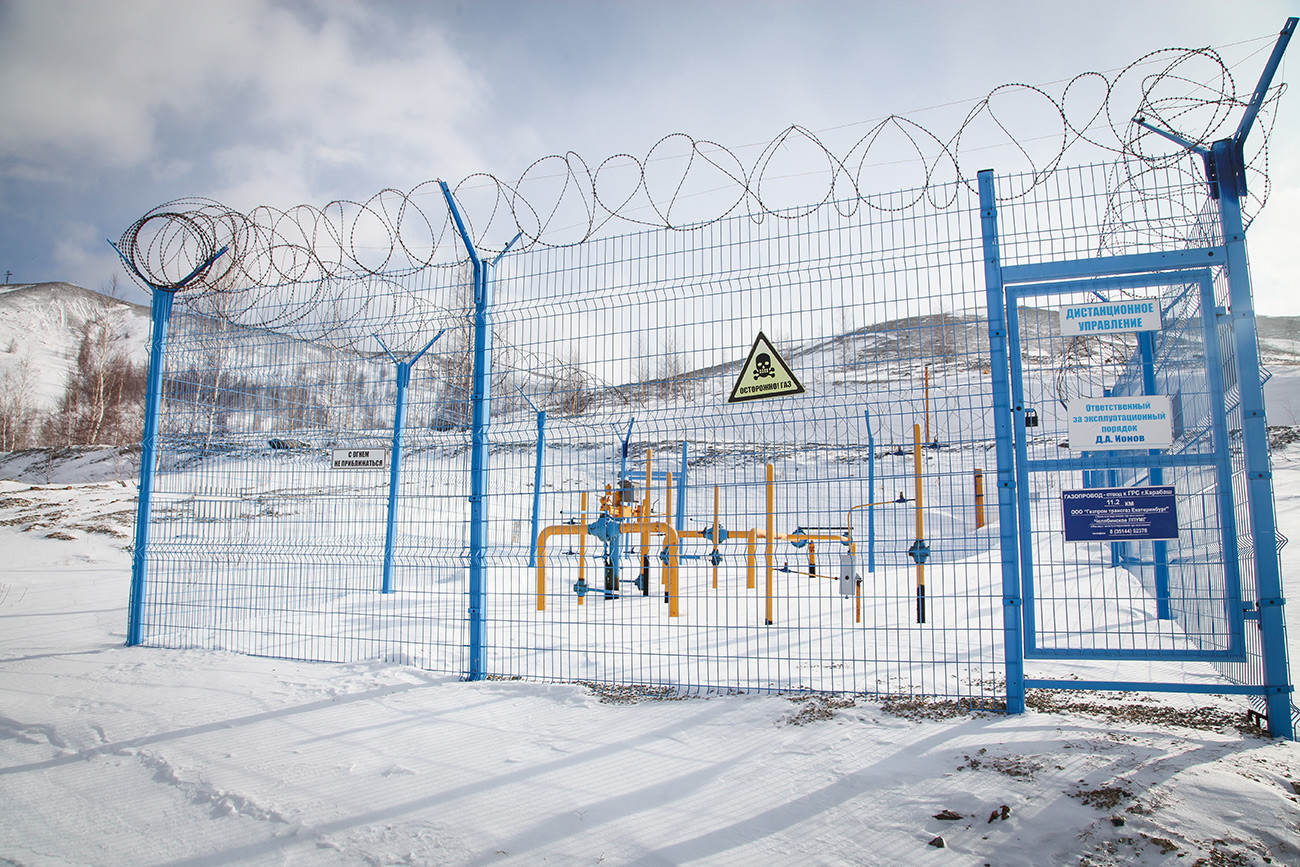
Karabash.
Timur Zolotoev/Strelka InstituteIgor Sladoljev, 30, from Croatia, said they were guided around some “powerful and amazing sites” such as the quarry and the magnesite plant in Satka, factories in Miass and Chelyabinsk, but the most striking scene during the trip was the copper mine in Karabash. “With its long cable cart transportation system, it stretches across the landscape like a ski resort. The carts could almost be sk lifts, if the snow wasn't mustard yellow.”
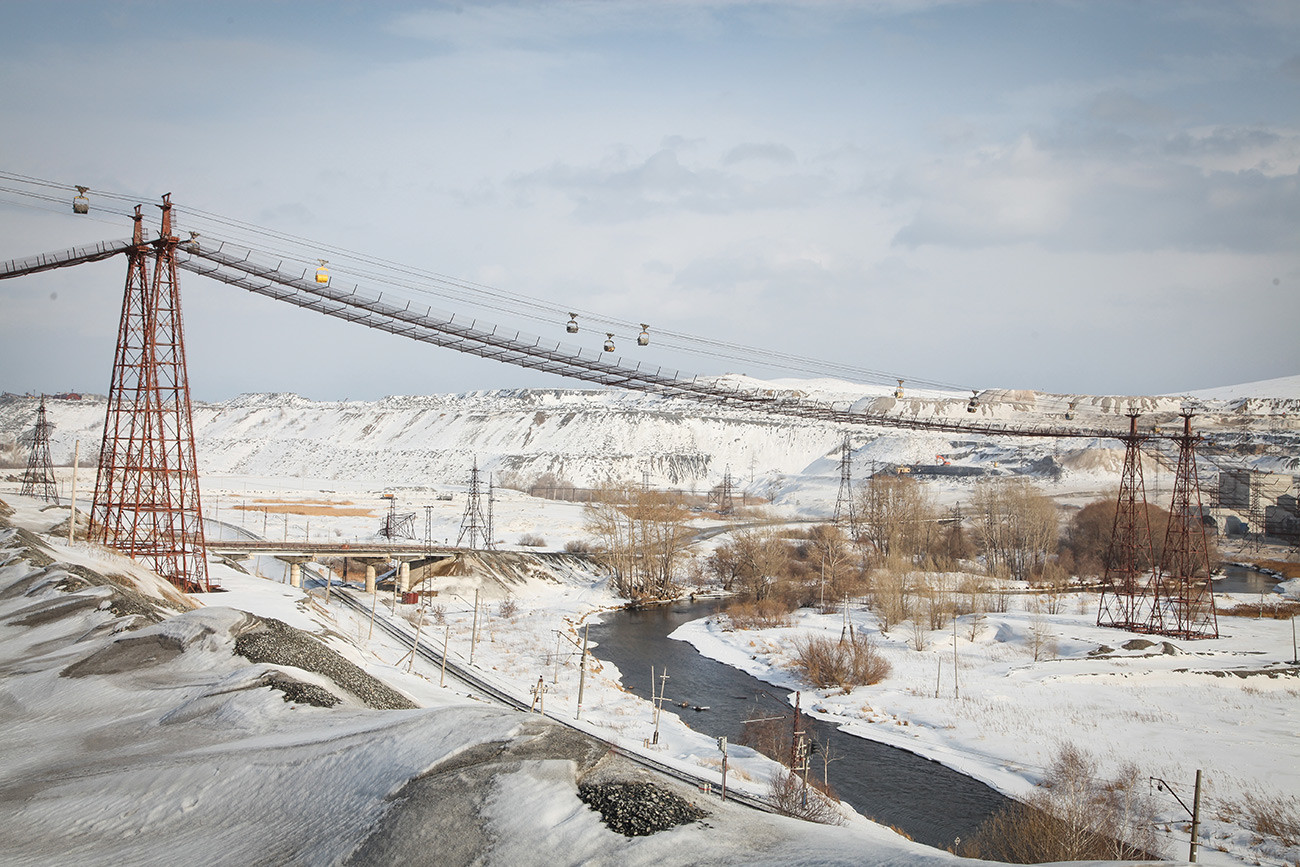
Magnezit in Satka.
Timur Zolotoev/Strelka Institute“Every time we stopped by the roadside we experienced the landscape or the town in a much stronger, more relatable - and way more cinematic - manner,” Igor said. “One of such stops was the gas station on the Eurasian border, near Zlatoust with its iconic Europe-Asia flagpole.”
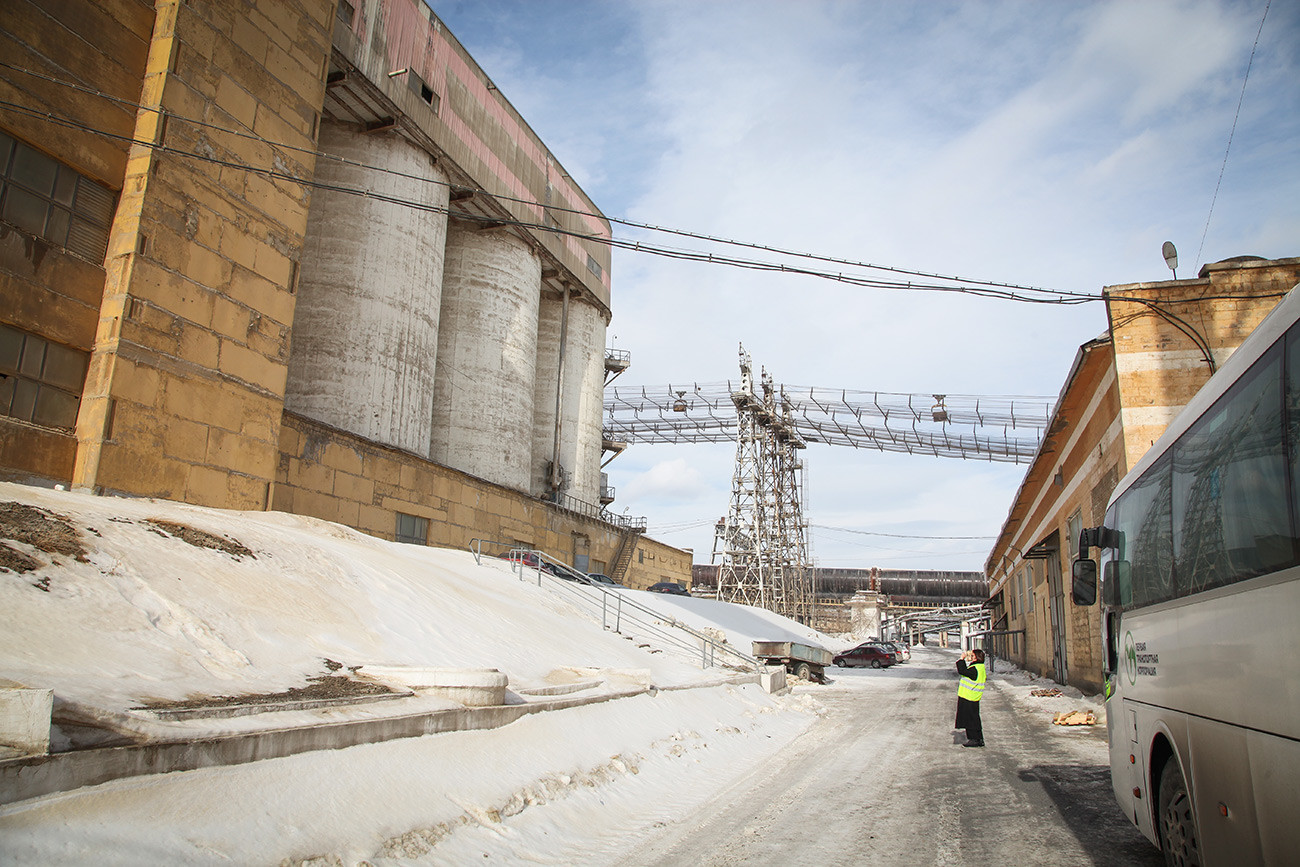
Magnezit in Satka.
Timur Zolotoev/Strelka InstituteIndonesian architect, Nashin Mahtani, 27, was impressed by the diversity of the Urals landscape. “It would be great to spend more time in the mining sites and speaking with the people who live around the area to get a better understanding of the transformation of the landscape over time, and especially how this transformation is experienced by the people who most directly engage with it on a daily basis,” he said.
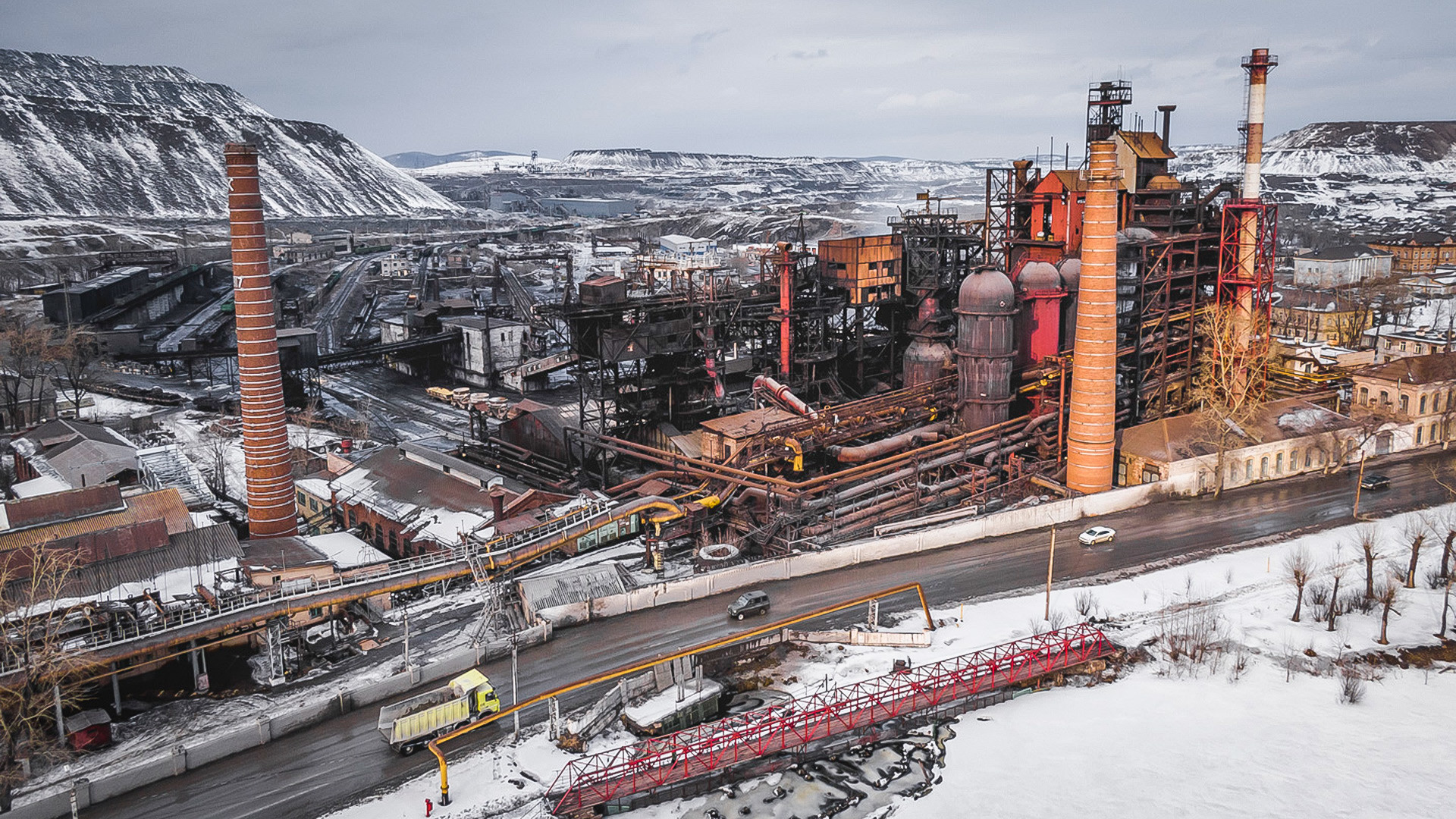
Magnezit in Satka.
Maksim Tarasov/Strelka InstituteAmerican urban researcher Sofia Pia Belenky, 29, said she was familiar with the concept of “Monotowns”, as she grew up in a small town dominated by cheese production. She said many towns they have visited during their trip could be called “Monotowns” - dominated by a single industry. Sofia said that in some ways, this all reminded her big American campuses like Google, “not technically towns, but the campus provides housing, educational outlets, gyms, and restaurants. In a way a lot of these tech campuses have become new company towns, sustaining and supporting their workforce to maximize participation and production,” she said.
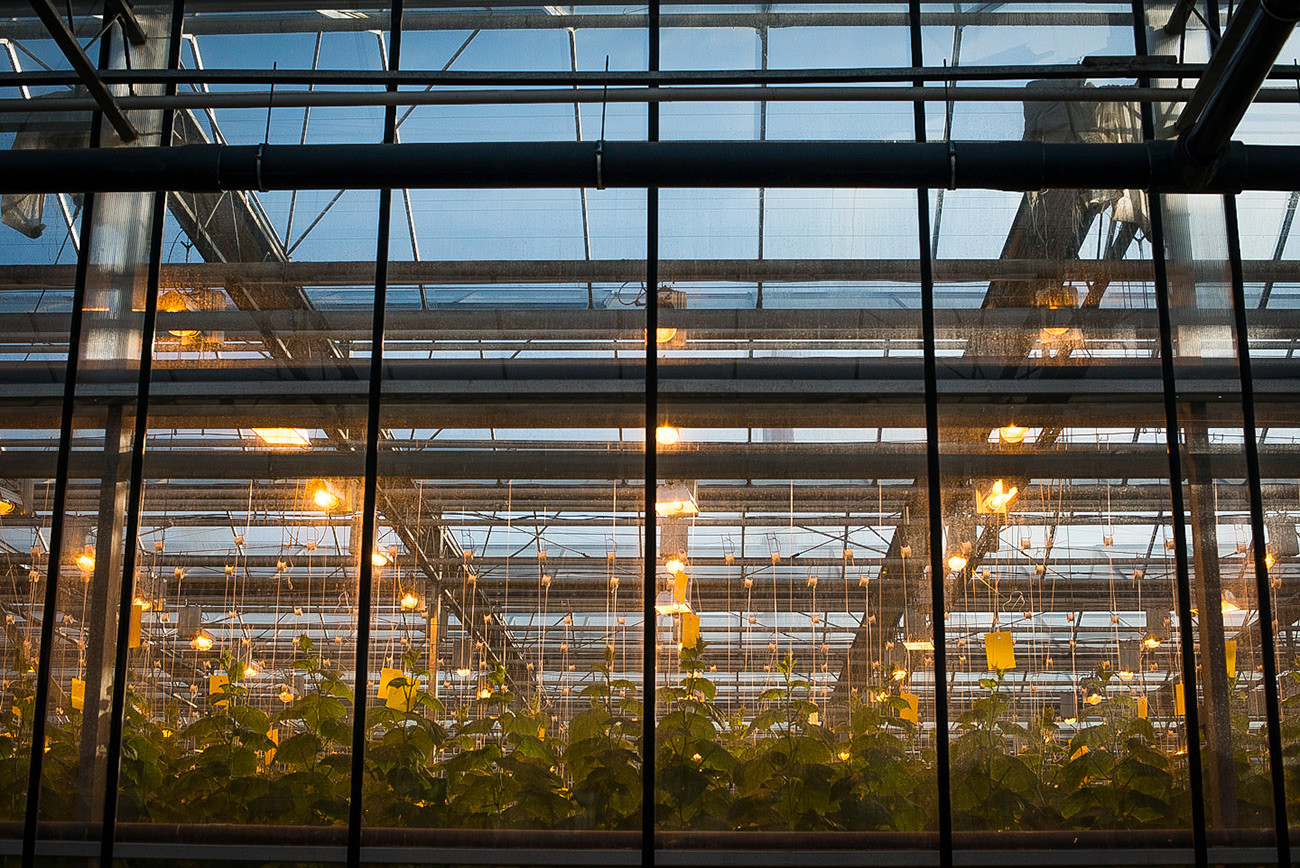
Сhurilovo agrocomplex.
Maksim Tarasov/Strelka InstituteThe giant greenhouse of Churlovo was the personal favorite for Greek architect and geographer George Papamatthaiakis, 27. “We visited this ‘factory of vegetables’ twice during the same day; once early in the morning and once late at night,” he explained. “In the morning we were guided through the different production sectors. But the nocturnal experience was so striking, when we got to see some thousands of light bulbs illuminating the sky above and the neighborhood around the agro complex.”
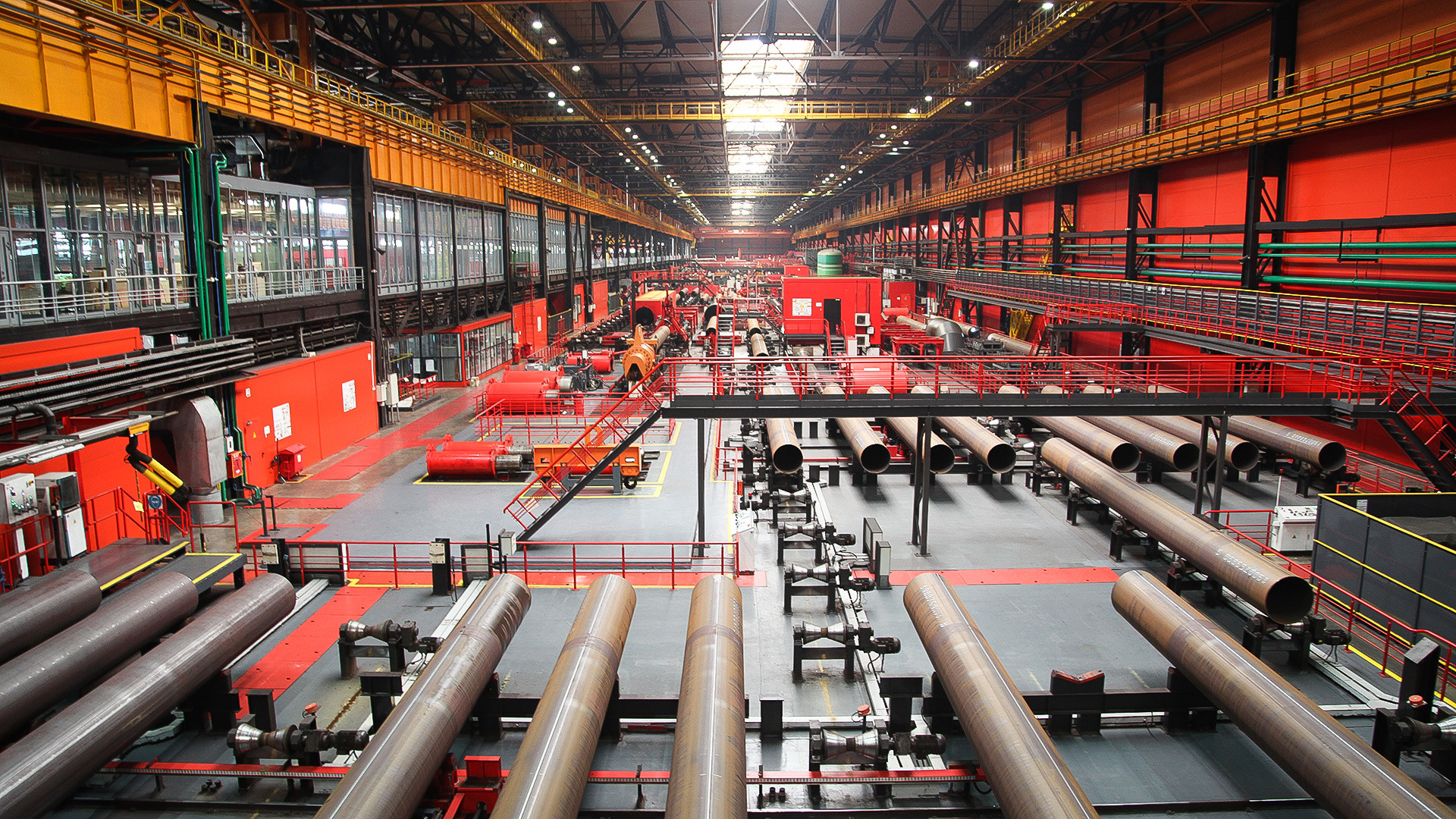
Visota 239.
Timur Zolotoev/Strelka InstituteSofia agrees with her classmate: “At night the glow from the greenhouse spread across the sky, a graduated chemical sunrise. We flew our drones into this brightly-lit horizon. We were told the neighborhood around the Agro-Complex is so brightly lit that people in surrounding buildings don’t switch the lights on in their apartments.”
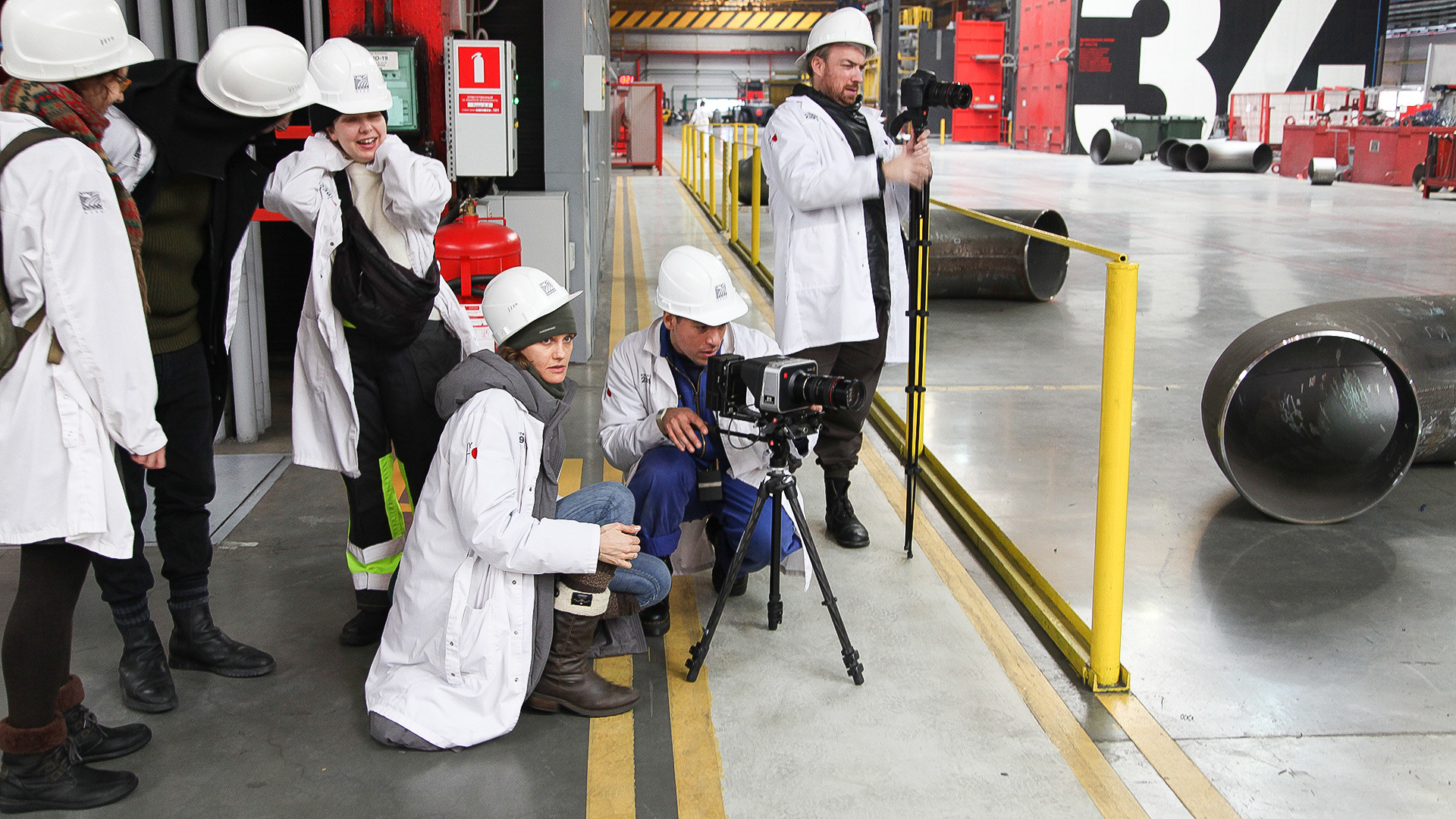
Visota 239.
Timur Zolotoev/Strelka InstituteDuring the trip, researchers experienced two different sides of the Urals region: they visited factories and mines, and also nature reserves and scenic landscapes. For Uzbek urban designer, Nabi Agzamov, 29, the most memorable contrast was between the most polluted city of Karabash and Turgoyak, Russia’s second cleanest lake. The snow-covered lake impressed him so much that he hopes to visit it once again.
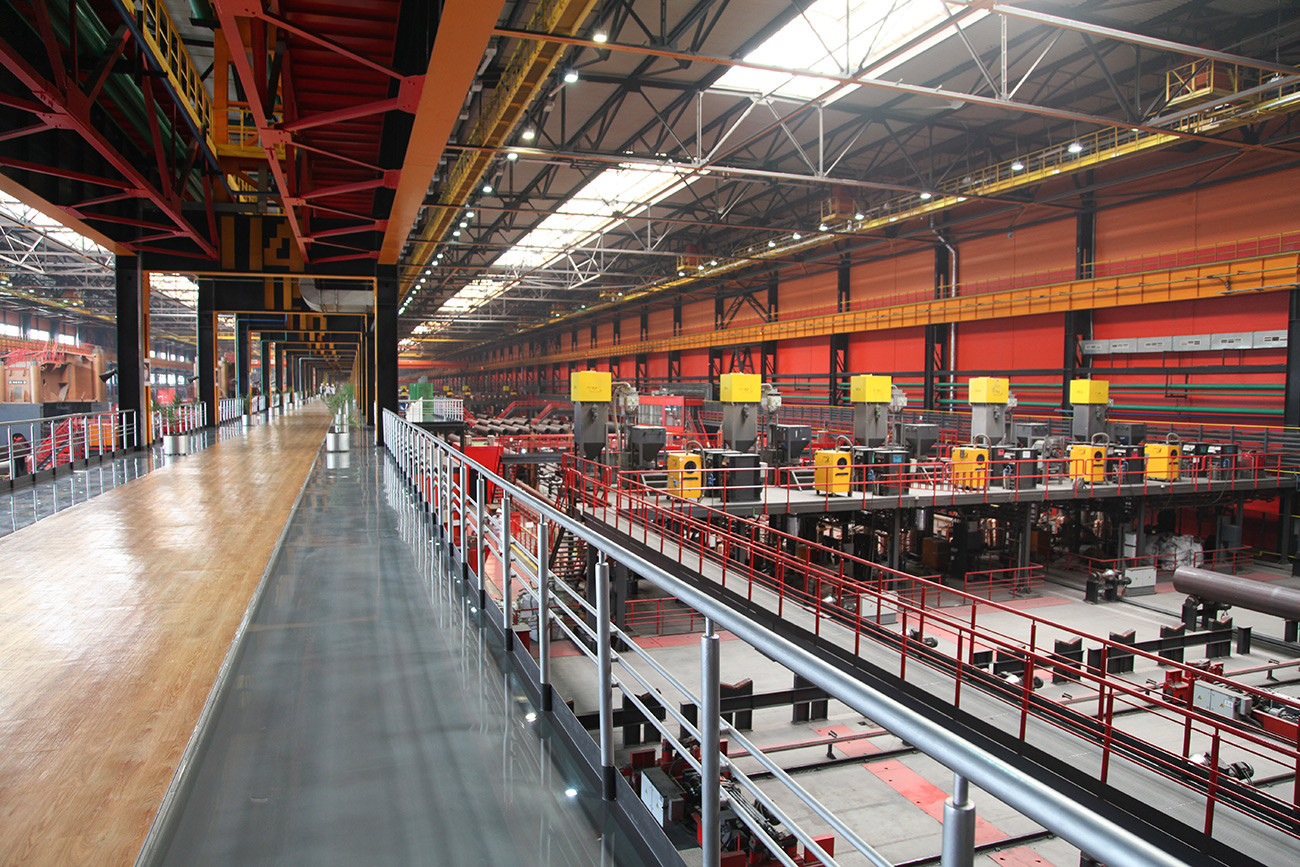
Visota 239.
Timur Zolotoev/Strelka InstituteThe students said that visiting these zones allowed them to understand how removed we as human beings are from these landscapes. “We stayed on the other side of glass windows, on footbridges looking down on the pipes being cut, far from the flying sparks in our white lab coats and hard hats,” Sofia recalled. “Here machines were shaping the landscapes as the humans casually viewed monitors from the comfort of the control room.”

Visota 239.
Maksim Tarasov/Strelka InstituteNevertheless, the researchers said they would like to continue discovering Russia. Besides other big cities like Perm, Irkutsk and Vladivostok, many dream of visiting the Russian North, Kamchatka, and spending a week riding the Trans-Siberian Railway.
Student's field-trip became a part of The New Normal postgraduate programme of the Strelka Institute for Media, Architecture and Design which explores Human Exclusion Zones. During their trip they produced a series of experimental short films covering that theme.
If using any of Russia Beyond's content, partly or in full, always provide an active hyperlink to the original material.
Subscribe
to our newsletter!
Get the week's best stories straight to your inbox